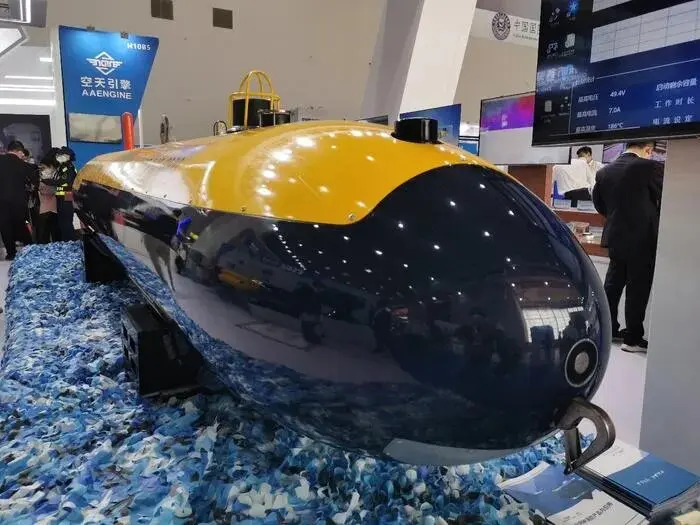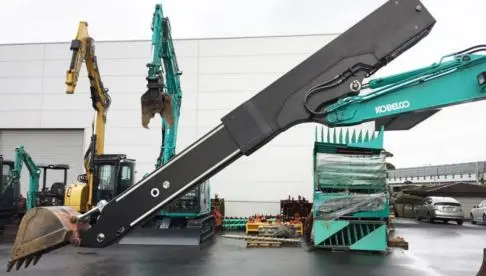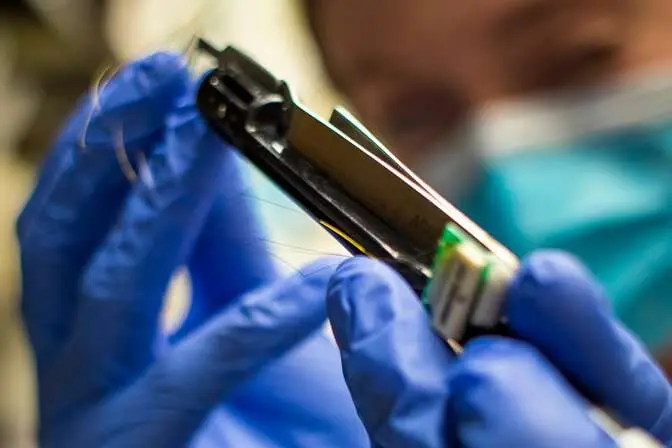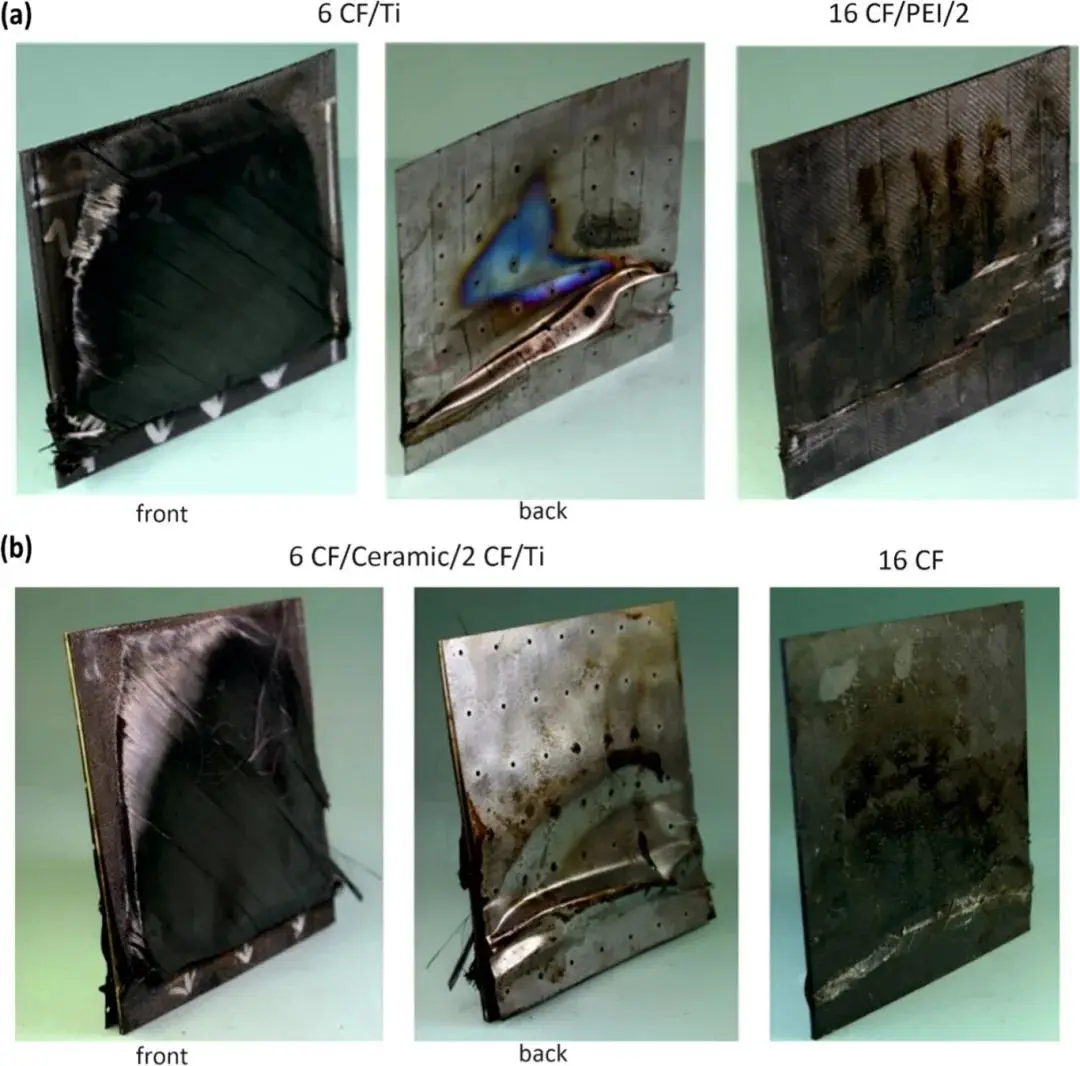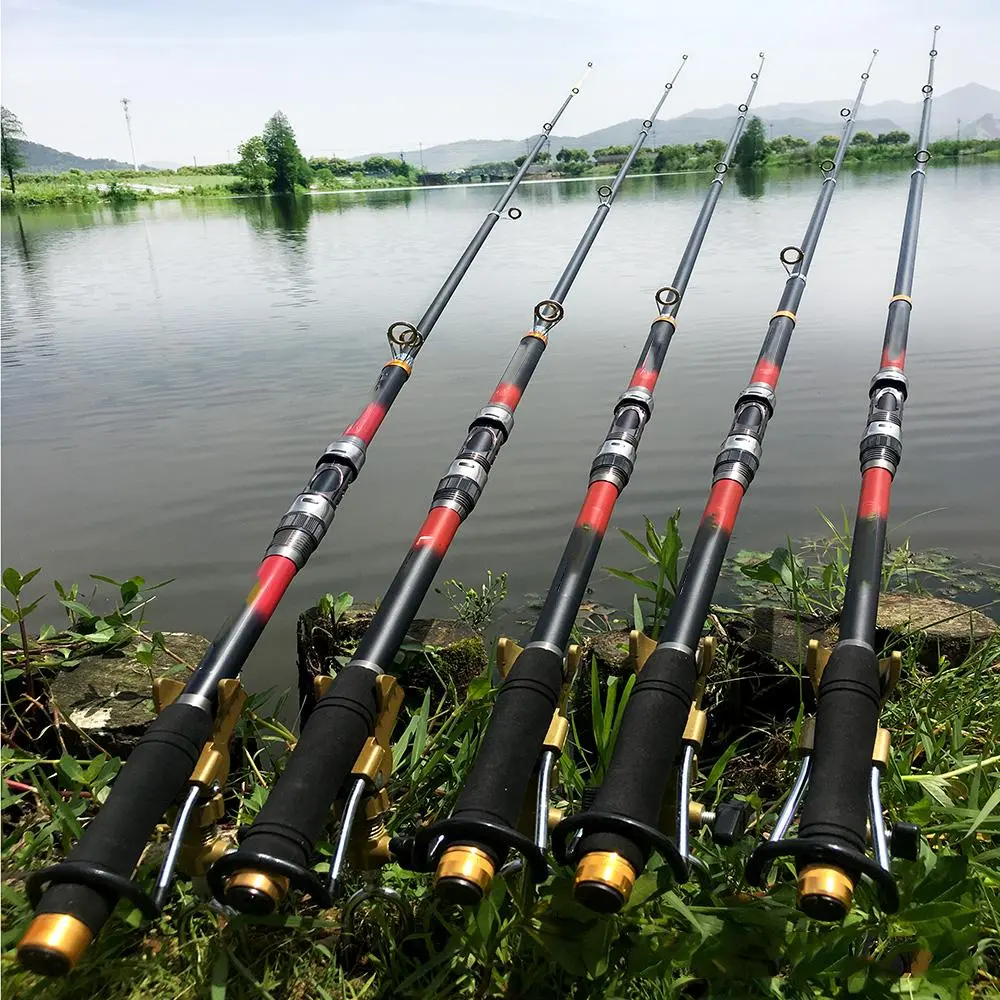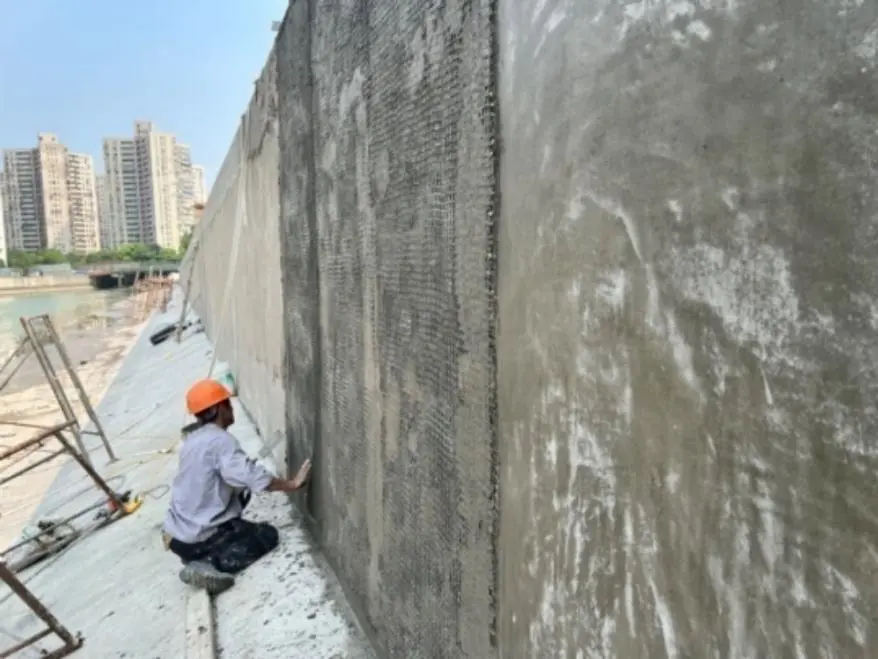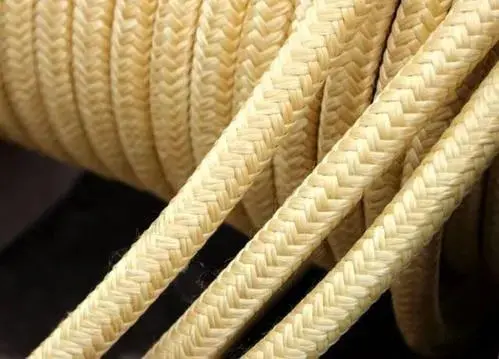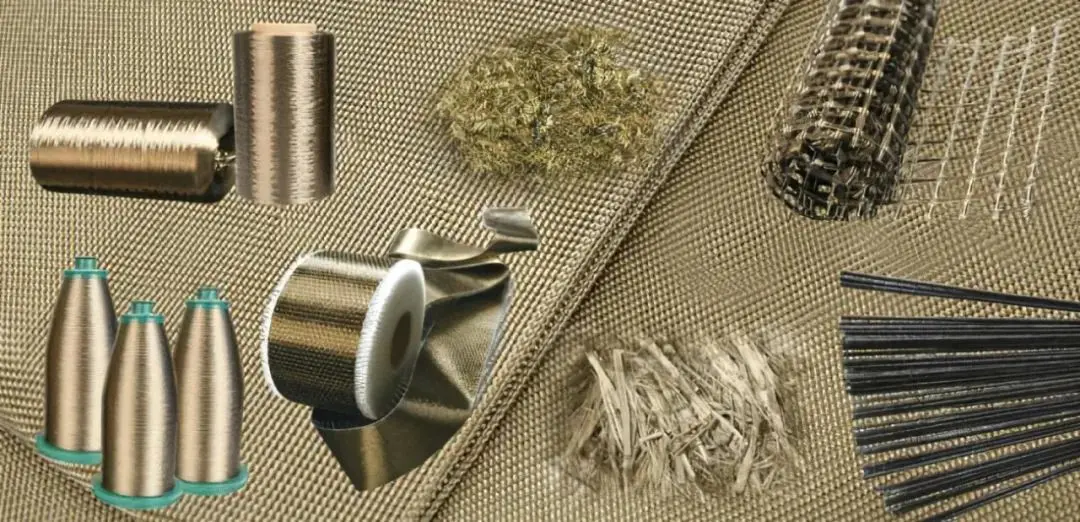China's disruptive carbon fiber innovation technology reshapes deep-sea power
Carbon fiber (CF) and its composite materials have become stars in the field of materials science due to their excellent properties such as high strength, high modulus, high temperature resistance, and corrosion resistance.
However, in the specific field of underwater vehicles, the application of carbon fiber is relatively limited. Especially after the tragic implosion of the Titan submersible last year, concerns have been raised about the use of carbon fiber in underwater applications. In June 2023, the world's first carbon fiber manned submersible, the Titan, operated by the American private company OceanGate, was destroyed during its journey to the wreckage of the Titanic due to immense water pressure, resulting in the death of all five people on board. As a result, doubts have arisen about the application of carbon fiber in underwater vehicles, believing that it cannot withstand the pressure in deep-sea environments.
The innovation breakthrough of Chinese scientists has filled this gap and developed ultra strong carbon fiber suitable for submarines, which has significant strategic significance.
China's unique ultra strong carbon fiber submarine can easily withstand enormous pressure in the deep sea of 6000 meters. The diving ability at this depth far exceeds that of any active nuclear submarine. The hull of the new submarine, with a wall thickness of only 3 centimeters, can withstand a water pressure of up to 90 megapascals, more than twice that of the previous Titan submersible. The breakthrough of this technology is due to the in-depth research and innovation of Chinese scientists in the water pressure resistance, low temperature resistance and other properties of carbon fiber composite materials.
Chinese scientists have successfully developed a new type of high-strength carbon fiber unmanned underwater vehicle shell through innovation and efforts. The thickness of the hull wall of this shell is about 3 centimeters, which is only a quarter of the thickness of the "Titan" hull wall. However, in laboratory testing, it can easily withstand a water pressure of 77 megapascals (MPa). The cabin made of carbon fiber can withstand pressures up to 90 megapascals, equivalent to the pressure experienced at depths of up to 9000 meters in the ocean. However, in order to ensure safety, Chinese scientists have limited their work depth to 6000 meters, which is a pressure of 60 megapascals.
